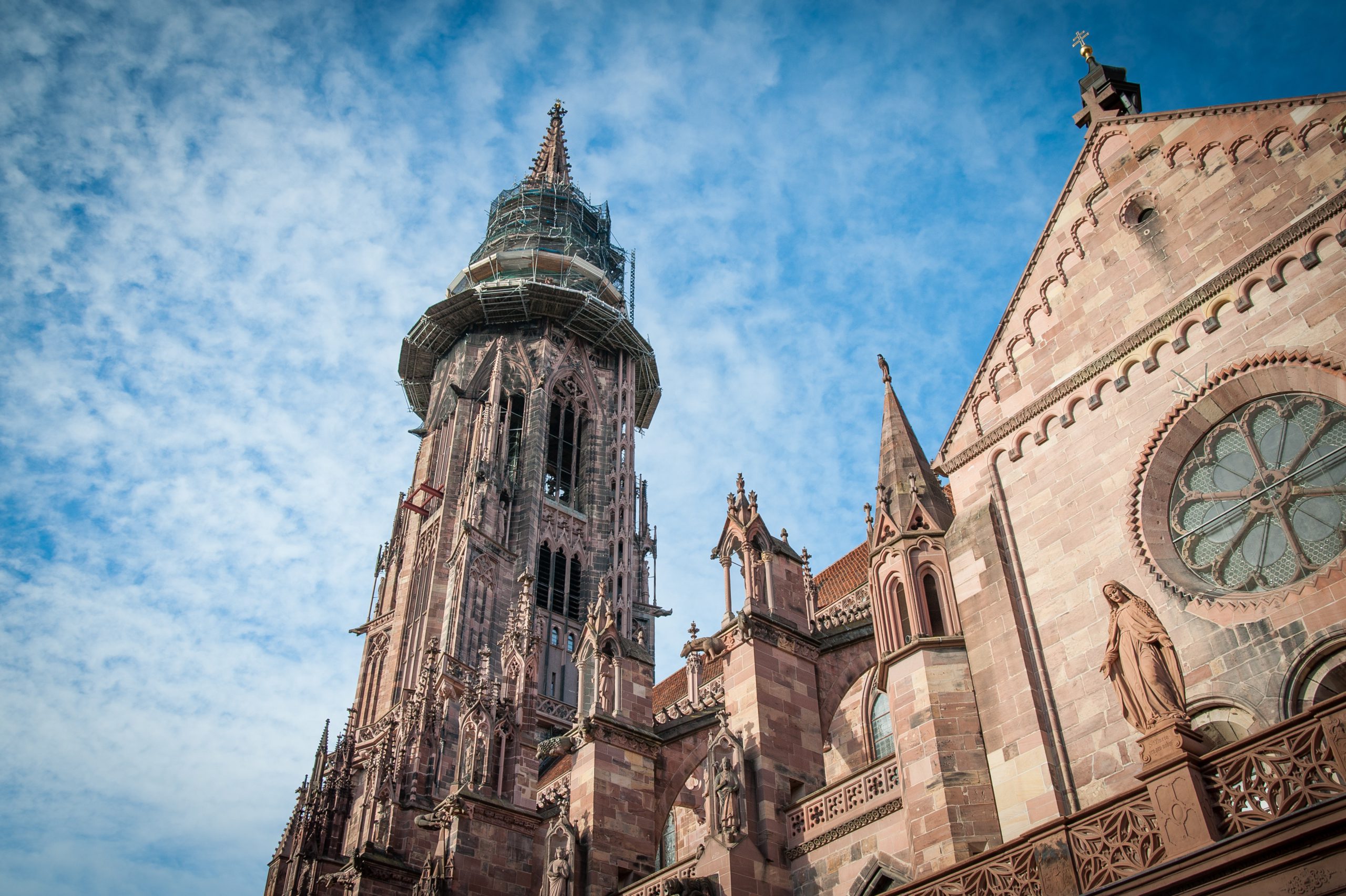Germany’s Solar City
Freiburg is a southern Germany city, with approximately 200000 people, situated in the valley of the Rhine River. It is found in one of the sunniest places in Germany. Freiburg is known as Europe’s “solar city”. Solar energy in Freiburg has guaranteed feed-in tariffs and is an example of Germany’s energiewende, the ongoing national transition to a low-carbon economy.
History
| Decade | Timeline |
| 1940s | After 1945, like many German towns, Freiburg had to be rebuilt and it initially widened existing streets to accommodate for trams |
| 1970s | The authorities intended to build a nuclear power plant – however people grew resentment, and after protest plans were stopped in 1975. 1975 the old town centre had recently become pedestrianised, with the low speed limit of 30kph. Moreover there were plans to build more cycle paths |
| 1980s | 1986 Freiburgs municipal council voted to adopt guidelines for an energy policy based on conservation. Using new technologies; Combined heat and power, Using renewable power sources like solar and Adopting the Lean Green, Clean Model |
| 1990s | 1996 The town planned to cut its emissions by a quarter come 2010 |
| 2010s | Awards recognising Freiburg’s work include its being named as Germany’s Federal Capital for Climate Protection in 2010, the German Solar Prize, and the British Academy of Urbanism’s 2010 European City of the Year, among many others. |
Aims and Successes
The ‘Solar City’ aims to be one of the greenest cities in Europe and indeed, the world. The infrastructure has been made to promote sustainable energy sources and methods. There are a range of solar power installations, from public to private buildings. These installations are fed into the national grid and owners are reimbursed, guaranteed by a governmental tariff, and in recent years there is an energy surplus. The regional power supplier Bodeva subsidises installation of solar panels to increase their reach.
With education and promotion, the citizens are encouraged in energy saving, and environmentally friendly, decisions. As two thirds of the population live within walking distance of tram stops, many choose public transport, bicycles or walking above private transport. There are also 500km of cycle paths created to encourage cycling. Education continues and strive to engage future generations also. Moreover, annual waste was reduced from 140,000 tonnes (1986) to 50,000 tonnes (2000).
Lastly, the city is home to large environmental and research facilities, and 10000 people work in 1500 organisations for the environment, 700 of which are in solar technology. Research Institutes, agencies and factories are also included and these companies employ local people, and bring global attention and commerce to region.
Vauban Construction
Vauban is a city district in Freiburg in which the majority of homes run on solar energy generated on-site, mostly in the form of rooftop photovoltaics (PV) panels. Vauban is known as one of the most sustainable city districts in the world.
The homes in Vauban use both solar PV and a supply of bioenergy, and some homes in Vauban generate more energy than they use (plus-energy homes) and can sell excess electricity back to the municipal grid.
Vauban was a new development, beginning in 1993 and built on previous French barracks with 6000 people in 2000 dwellings. It was to act as a showcase. In the development of Vauban, sustainability was built in the design and they have high energy saving standards. Vauban banned detached houses and buildings over 4 stories high, leading to compact urban structures. Small land plots were allocated to private builders and cooperatives.
Although the city boasts being almost carbon-neutral, it is only accessible to the few. Most housing is aimed at the affluent middle class and families, with 10% as social housing and some to accommodate students. Many live surrounding the city centre and over half of residents do not own car, though many car share.
The Future
From 2023 onward, Freiburg intends to pump €12 million ($13.7 million) a year into additional climate protection measures.
The city is creating a new neighbourhood, the Dietenbach district, which aims to provide climate friendly homes for around 15,000 people. The infrastructure will not burn fuels, rather heated by heat pumps and waste heat from sewage canals, and energy supplied by solar.



